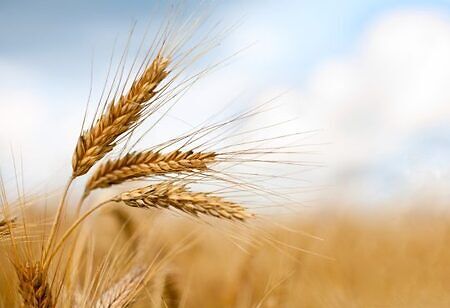
Is Pakistan's Wheat Crisis a Natural Calamity or Mismanagement of Climate Changes?


Pakistan is currently in a severe economic crisis after experiencing one of the worst environmental disasters in the world. Last year, one-third of Pakistan was completely submerged in historic flooding. More than 1,325 people died of 33 million people were affected. According to the latest statistics, more than 1,600 people were injured, 325,000 homes were destroyed, 735,000 livestock were lost, and 2 million acres of crops were damaged. Estimates by the Atlantic Council's Uzair Younus and economist Ammar Khan put the direct damage to roads, homes, livestock, and crops at over three billion, an astronomical amount for a developing country like Pakistan.
If we go keen into the calamities, it doesn’t look natural or at least purely natural. It somewhere looks like mismanagement of the climatic changes. In the aftermath of a disastrous year, people are now suffering due to a severe food crisis.
Pakistan Wheat Crisis
According to the reports, the country is facing a shortage of wheat grains. The situation is worsening on a daily basis as people cannot get food. The country has agreed on a deal with Russia to import wheat grains. Under the deal, Pakistan is exporting 300,000 tonnes of wheat which will serve more than 32 million people.
Present Economic Situation of Pakistan
As per the estimates shared by the Pakistan government, the floods destroyed more than two million homes and caused more than $30 billion in damage. The crisis has created agitation in the streets of low-income groups where they are not able to afford it. They are forced to stand for a long time in queues to get grains.
This, in fact, is no surprise as it was already predicted that the country’s economic conditions would deteriorate this year due to continuous floods and disasters. The current dollar rate in Pakistan stands at approximately PKR 224.71. The gray market rate for $1 is around PKR 225.
How are the Natural Calamities Affecting the Country's Economic Status?
Mismanagement of climatic changes could have catastrophic effects in any country, not just Pakistan. The drought is harming nations worldwide due to climatic issues. Farmers cannot grow crops due to scarcity of water and intensive heat waves. Due to this, the countries are facing a scarcity of food and water together. People are falling sick due to the climatic changes. Undeniably, the climate is worsening on a daily basis, and it is an economic and environmental imperative. The latest green technologies will play a key role in combating this.
Last year, Delhi, the capital city of India, saw intense heat waves for the fifth time, and the temperature was about 46 to 49 degrees Celsius. People lost their lives in intensive heat waves due to health issues. Since 1980, according to the world meteorological association, periods of at least three consecutive days during which temperatures significantly exceed the historical average have increased by a factor of fifty around the world. Climate models suggest that global warming made India’s current heat wave thirty times more likely. They predict that another degree of warming could lead to thirty-two times as many extreme heat waves as there were at the end of the twentieth century, each lasting five times as long. India, home to one in every six people on earth, has emitted just over three percent of the planet’s greenhouse gasses, yet it will be among the nations most ravaged by the climate.
Rewari, a rural area of Delhi, is known for its ornamental brass work, but its economy is powered by agriculture—mostly mustard and wheat. In the afternoons, the temperature had hit a hundred and two, and the humidity made it feel ten degrees hotter. A community center, an imposing concrete structure, stood by a dirt road near the highway, surrounded by bicycles and scooters; local farmers had gathered inside to get out of the sun during the hottest part of the day.
Indoors, the farmers milled around in the heat. Thin, rugged, and stoic, they wore white kurtas or solid-color long-sleeved shirts with dark cotton pants. After a while, they climbed the stairs to the second floor and sat in rows of plastic chairs. Fans whirred overhead; a young woman offered water and fruit juice.
According to the people affected by the heat waves, it seemed like the culmination of a crescendo that had been building for years. Due to the high temperatures, their children no longer worked the farms; they stayed inside when the sun was most punishing, usually between eleven and three.
They estimated that, as a result of heat and drought, their crop yields had fallen by a quarter to a third; for some crops, there was no point in harvesting them. Heat stress also reduced their cows' fertility, further compounding their financial problems.
The present situation around the world shows the hospitable to poor people in the decades ahead; the degree of danger they face depends, to a great extent, on the behavior of wealthier people who are, for now, shielded from the worst effects of climate change. Social workers say that about climate justice, a view that takes into account the fact that the countries that have contributed the least to global warming will suffer its effects first and more profoundly.

